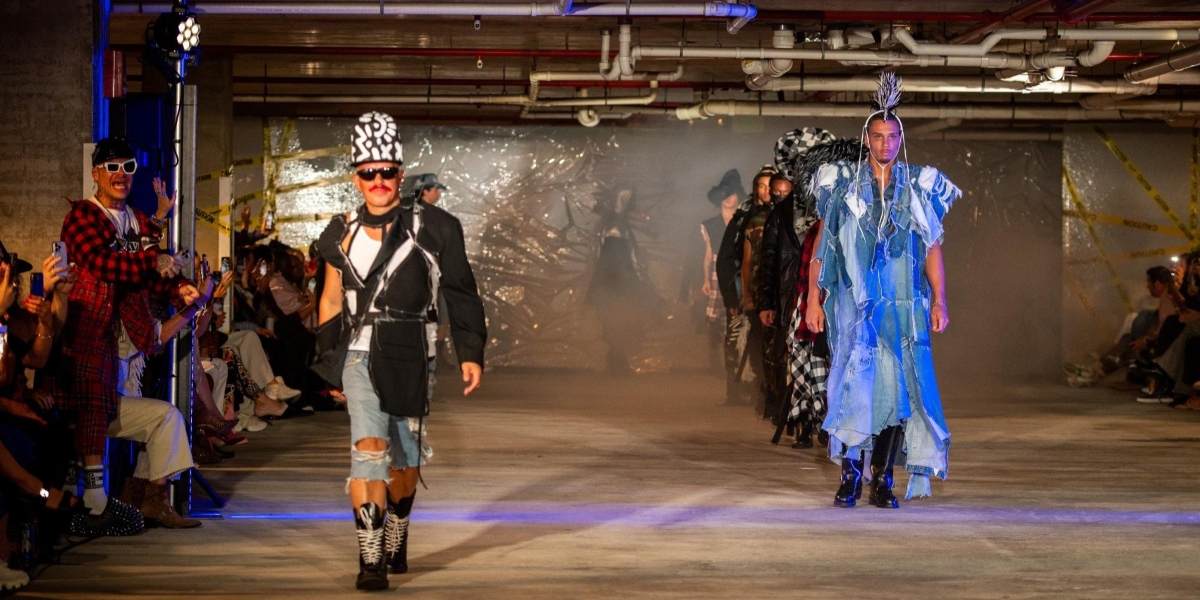The workplace is not just a place for productivity—it’s also a space where employees spend a significant portion of their lives. As such, fostering an environment that feels welcoming, inspiring, and joyful can significantly impact employee morale and engagement. One way many organizations achieve this is through festive office decorations, especially during holidays or special occasions.
The question arises: do festive workspaces genuinely improve morale, or do they risk becoming a source of distraction or exclusion? This article explores the multifaceted impact of office decorations, including their benefits, potential drawbacks, employee preferences, and best practices to ensure inclusivity and effectiveness.
The Benefits of Festive Decorations
Festive decorations can transform an otherwise mundane office into a lively and engaging environment. Here’s how they contribute positively to workplace morale:
Boosting Employee Morale and Happiness
Decorations often evoke feelings of joy and nostalgia, creating a sense of celebration in the office. Employees walking into a festive workspace may feel a burst of energy and enthusiasm, which can improve overall morale. These visual cues break the monotony of daily routines and provide an uplifting environment, especially during stressful periods.
Encouraging Teamwork and Collaboration
Organizing and setting up decorations often involves collaboration among employees. Whether it’s decorating a Christmas tree, hanging garlands, or designing a festive bulletin board, these activities foster teamwork and camaraderie. Working on non-work-related tasks together helps strengthen interpersonal bonds, which can translate into better collaboration on professional projects.
Sparking Creativity and Innovation
A visually stimulating environment has been shown to enhance creativity and innovation. Festive decorations introduce colors, designs, and themes that inspire employees to think outside the box. This refreshed perspective can lead to innovative problem-solving and new ideas.
Demonstrating Organizational Appreciation
Decorating the office space during holidays or special occasions signals to employees that the organization values their presence and contributions. It shows a commitment to creating a positive and engaging work environment, which can strengthen employees’ emotional connection to the company.
Supporting Mental Health
A well-decorated workspace can also positively impact mental health. Festive themes and vibrant colors often create a sense of warmth and comfort, reducing stress and anxiety. These elements can serve as small but meaningful reminders that the workplace is not just about tasks and deadlines—it’s also a community.
Potential Drawbacks of Festive Decorations
Despite the many benefits, festive decorations can also present challenges if not implemented thoughtfully. Organizations should be mindful of these potential drawbacks:
Distractions from Work
Overly elaborate or noisy decorations can distract employees from their tasks. For example, blinking lights, loud music, or moving displays may interfere with concentration and productivity, particularly in workspaces that require deep focus.
Inclusivity and Cultural Sensitivity
Festive decorations often revolve around specific holidays or cultural traditions. If the decorations do not reflect the diversity of the workforce, they may unintentionally exclude some employees. For example, a heavy emphasis on Christmas decorations may alienate employees who do not celebrate the holiday.
Cost Considerations
Decorations come with associated costs, including purchasing materials, setting them up, and potentially hiring external help for elaborate setups. While some organizations may have the budget for extensive decorations, smaller businesses may find these costs prohibitive.
Environmental Concerns
Many traditional decorations, such as plastic ornaments or non-recyclable materials, contribute to environmental waste. If sustainability is a core value of the organization, excessive use of non-eco-friendly decorations can send mixed messages to employees.
Types of Office Decorations
The type of decorations chosen can significantly impact how employees perceive and respond to a festive workspace. Here are some popular categories of office decorations:
Seasonal Themes
Decorations based on the seasons, such as snowflakes for winter, blooming flowers for spring, or pumpkins for autumn, provide a neutral way to celebrate the changing time of year. Seasonal themes are versatile and tend to be inclusive, as they don’t tie directly to specific holidays or cultural traditions.
Cultural and Festive Themes
Decorating for cultural or religious festivals such as Christmas, Diwali, Lunar New Year, or Eid creates an opportunity to celebrate diversity in the workplace. Including elements from various traditions ensures that all employees feel represented and valued.
Neutral and Motivational Themes
For organizations that want to avoid focusing on specific holidays, neutral decorations such as motivational quotes, plants, or artwork can brighten the office while maintaining professionalism. These decorations can remain relevant year-round.
Interactive Elements
Interactive decorations, such as message boards where employees can write holiday greetings or collaborative projects like decorating a communal tree, can make the workspace feel more engaging. These elements encourage participation and create a shared sense of achievement.
Understanding Employee Preferences
No two workplaces are the same, and understanding employee preferences is key to creating decorations that resonate with the team. Here’s how organizations can gauge what their employees value:
Conducting Surveys or Feedback Sessions
Surveys or informal discussions allow employees to share their thoughts on decorations and celebrations. Questions about preferred themes, levels of decoration, and types of events can help management plan appropriately.
Encouraging Cultural Sensitivity
Considering the diverse cultural and religious backgrounds of employees ensures inclusivity. Celebrating a variety of holidays and traditions creates a sense of belonging for everyone in the organization.
Involving Employees in the Process
When employees participate in choosing or creating decorations, they feel more connected to the final outcome. This involvement also ensures that the decorations reflect the collective identity of the team rather than top-down decisions.
Best Practices for Festive Decorations
To maximize the benefits of festive decorations while minimizing challenges, organizations should follow these best practices:
Striking a Balance
Moderation is key. Decorations should enhance the workspace without overwhelming it or interfering with productivity. A few well-placed decorations can have a greater impact than excessive displays.
Promoting Employee Involvement
Encourage employees to contribute ideas, choose themes, or participate in decorating. This involvement fosters collaboration and ensures that the decorations resonate with the team.
Ensuring Inclusivity
Incorporate elements from various cultural and seasonal themes to ensure that everyone feels represented. Avoid focusing solely on one holiday or tradition, and be mindful of employees who may not celebrate any holidays.
Prioritizing Sustainability
Choose decorations made from eco-friendly or recyclable materials to align with sustainability goals. Reusable decorations can also save costs and reduce waste over time.
Setting Clear Timelines
Establishing when decorations will be put up and taken down helps maintain professionalism. Leaving decorations up for too long can diminish their impact or clash with the changing seasons.
The Role of Decorations in Workplace Culture
Festive decorations have a deeper role beyond aesthetics—they reflect the organization’s values, culture, and commitment to employee well-being. When implemented thoughtfully, decorations can:
- Strengthen bonds between employees through shared experiences and collaboration.
- Reinforce the organization’s commitment to inclusivity and diversity.
- Enhance employee satisfaction and engagement, leading to higher productivity.
However, it’s essential to maintain sensitivity and adaptability to ensure that all employees feel comfortable and included.
Festive decorations in the office can significantly improve morale, foster creativity, and encourage teamwork. By creating an engaging and visually appealing workspace, organizations demonstrate their commitment to celebrating milestones and valuing their employees. However, the success of these efforts lies in careful planning and execution.
Balancing inclusivity, sustainability, and employee preferences is crucial for ensuring that festive decorations have a positive impact. Whether it’s adding a touch of seasonal flair, celebrating diverse cultural events, or incorporating neutral themes, decorations can play a meaningful role in creating a vibrant and connected workplace.
Ultimately, decorations are more than just visual elements—they’re a reflection of the organization’s identity and its dedication to building a supportive and dynamic environment for its employees.










